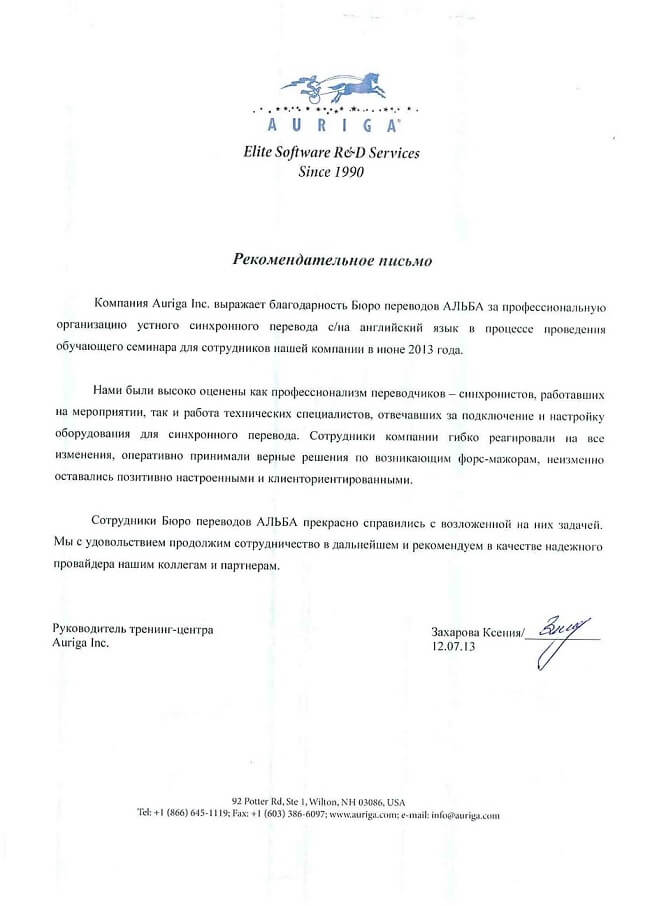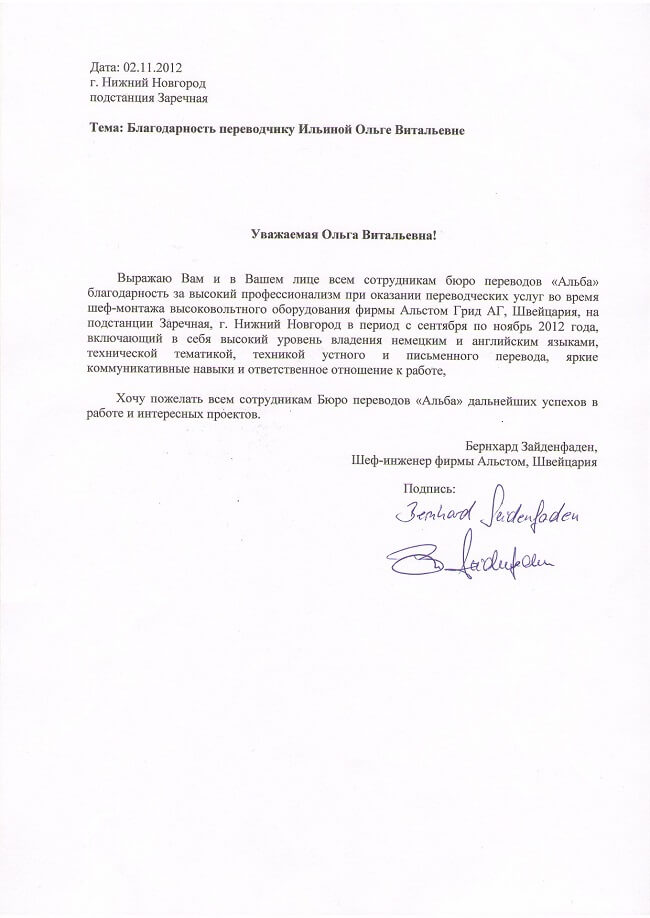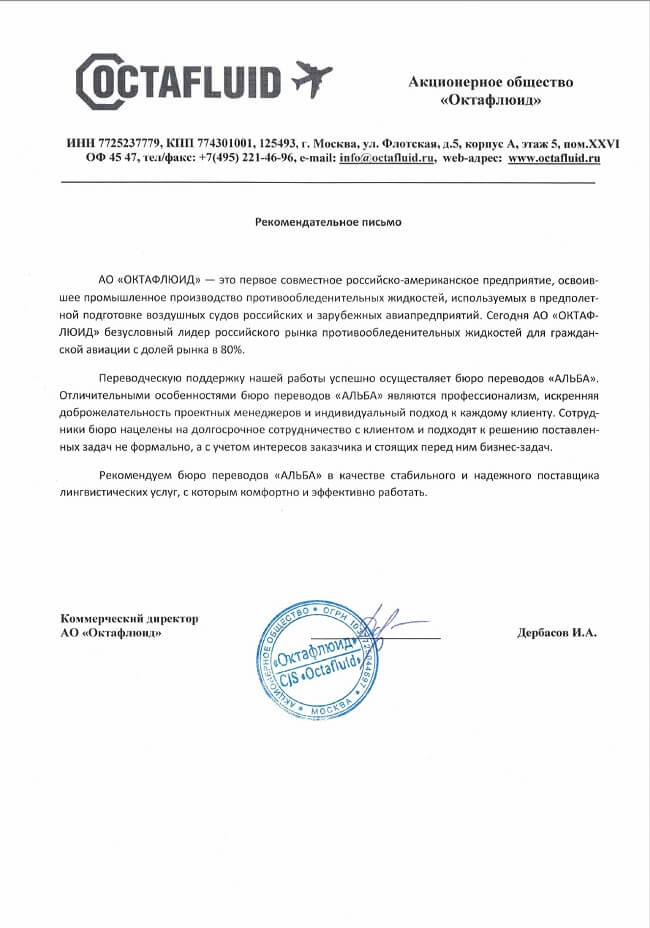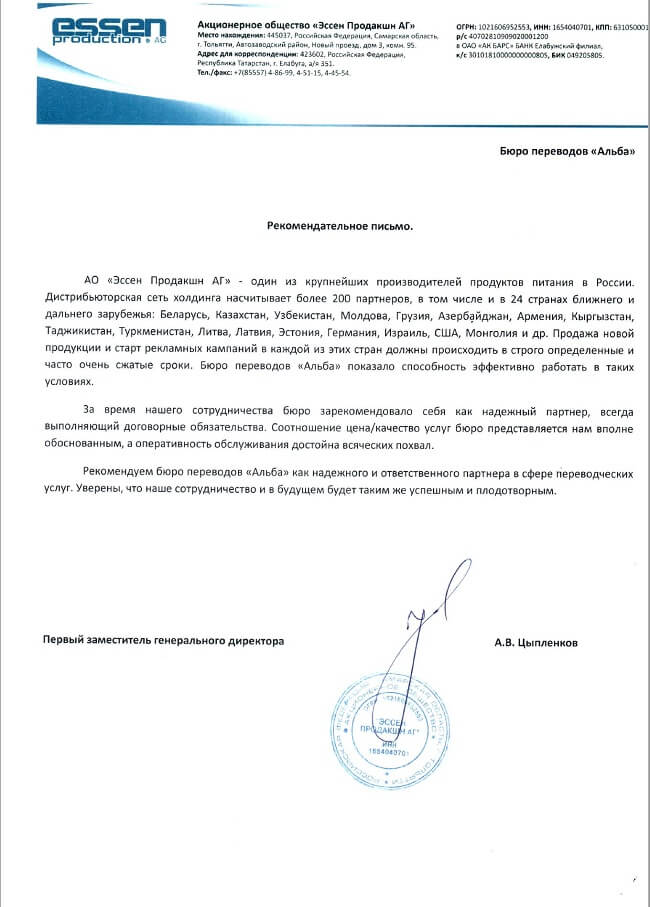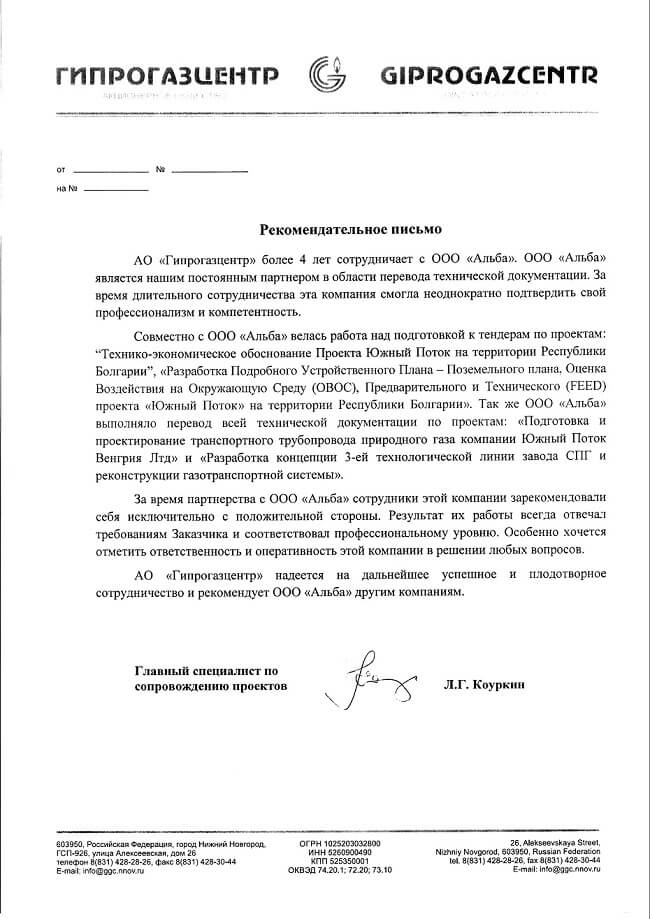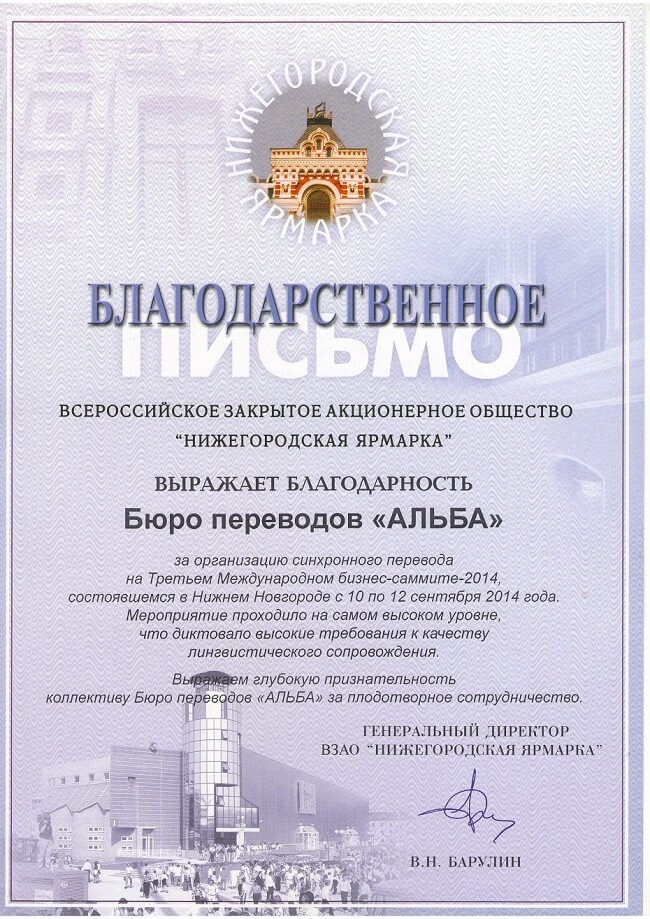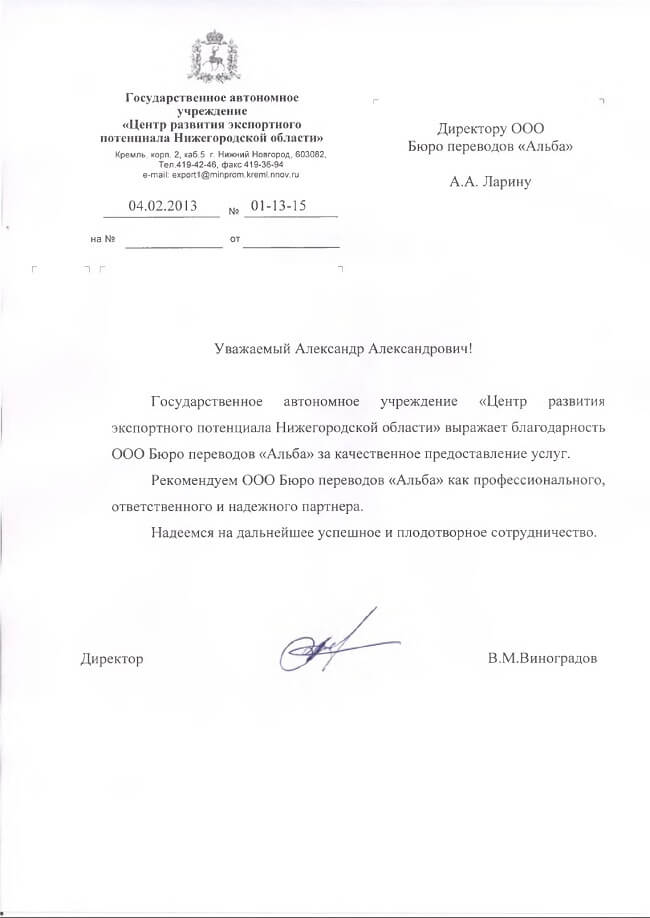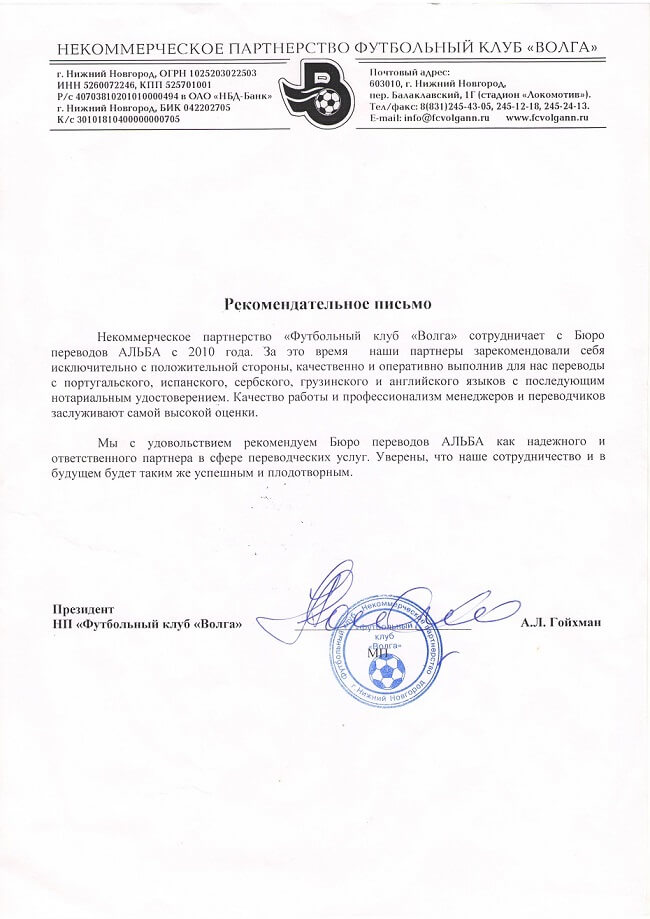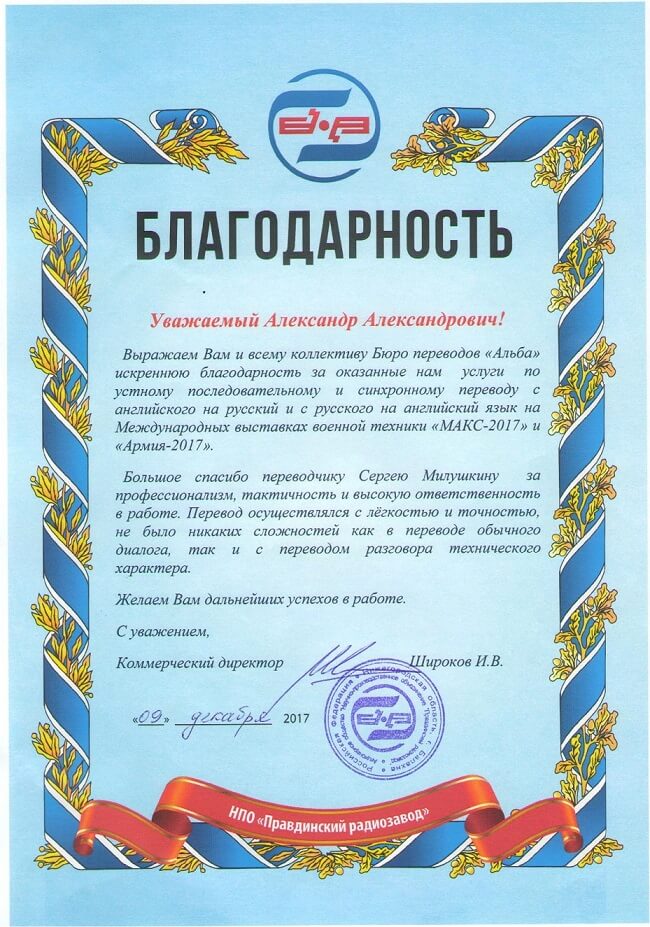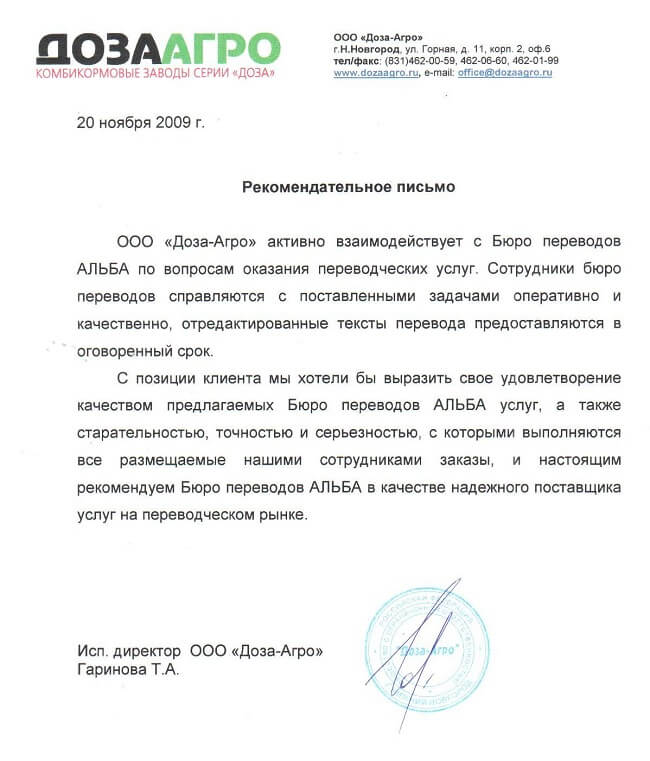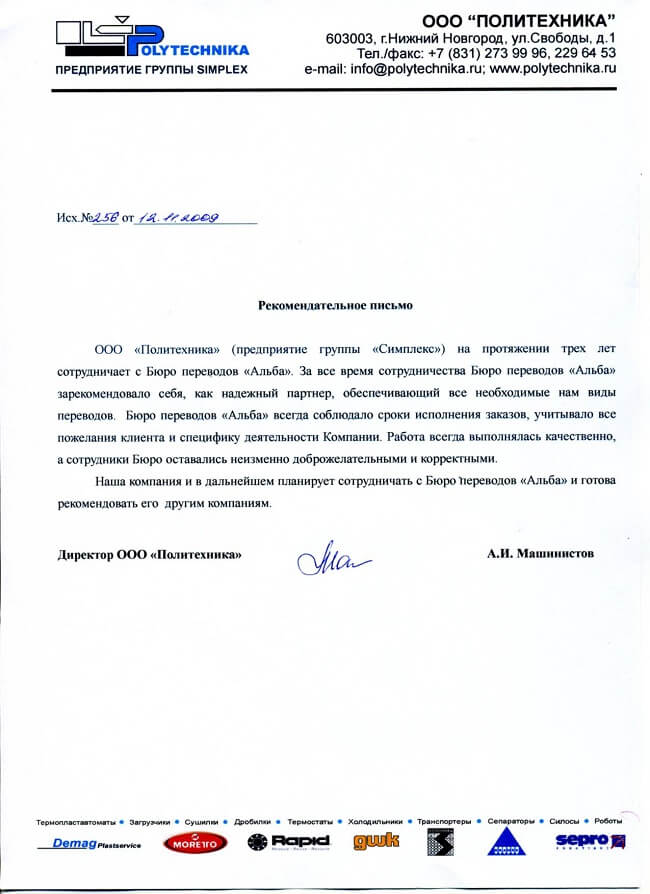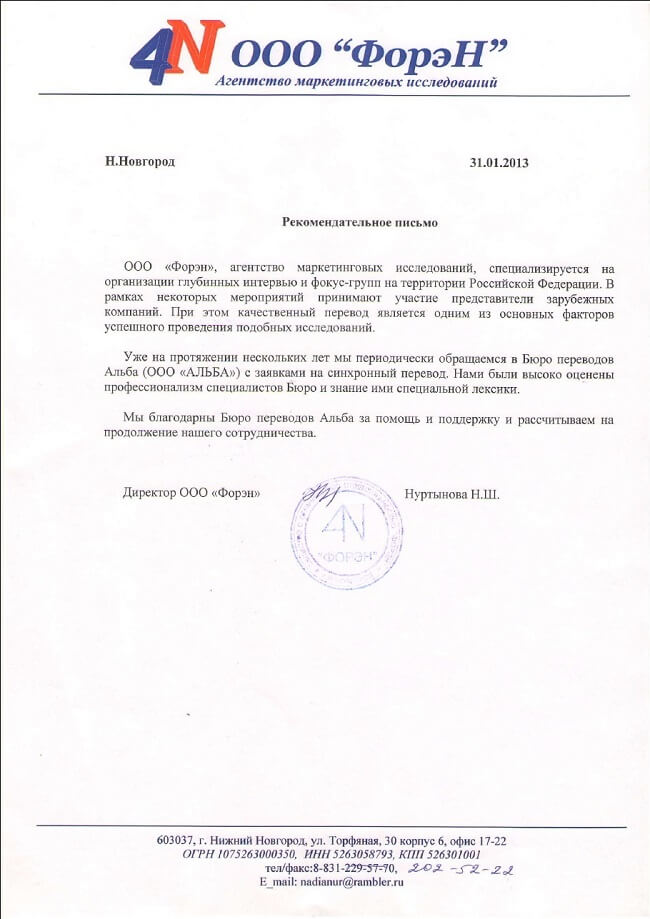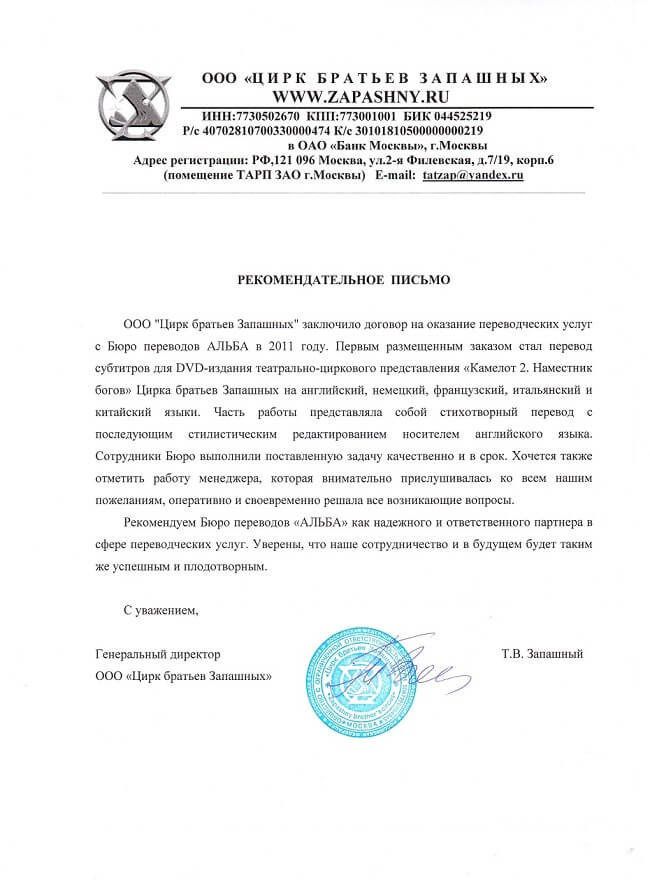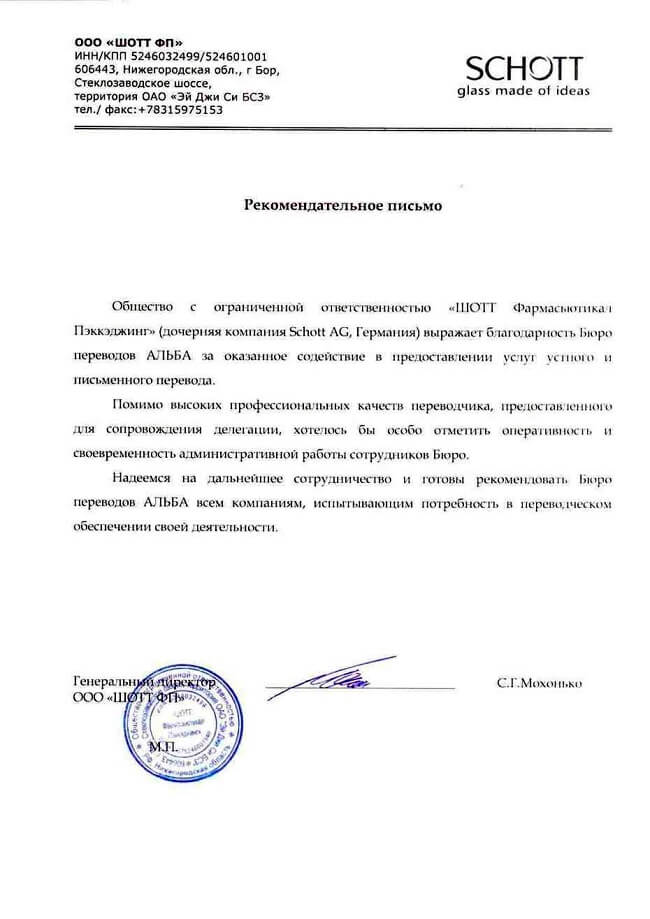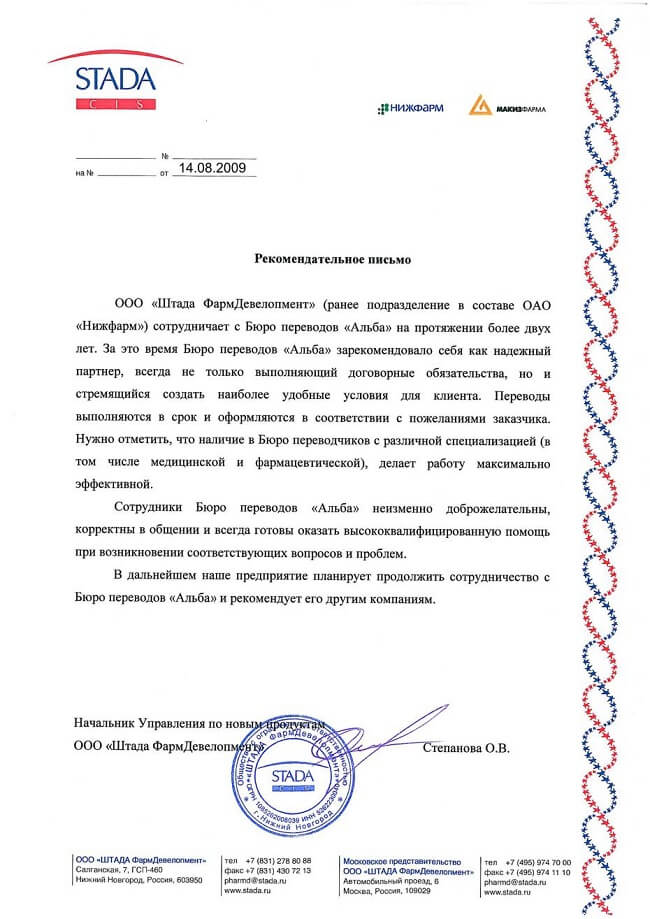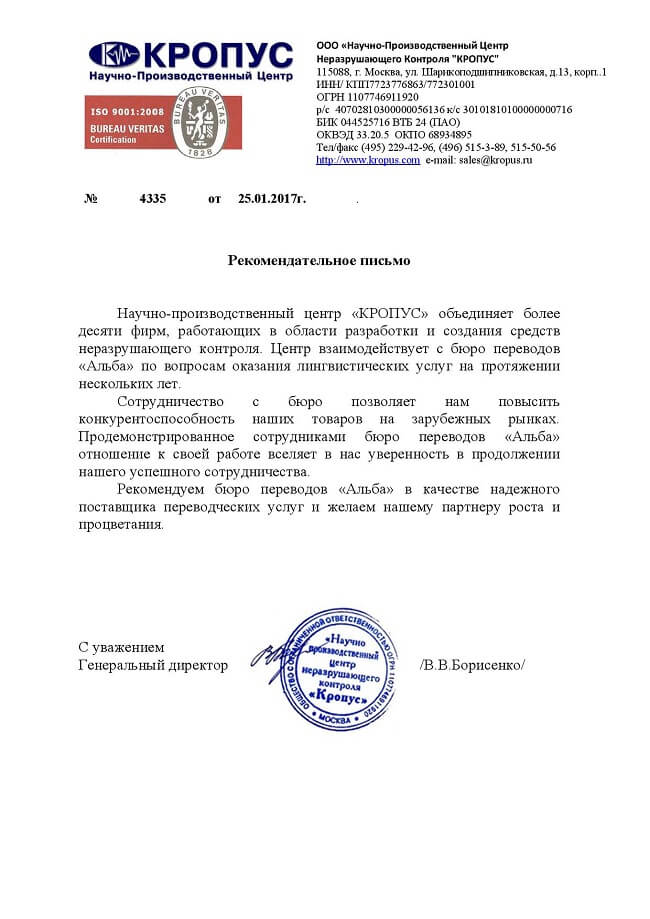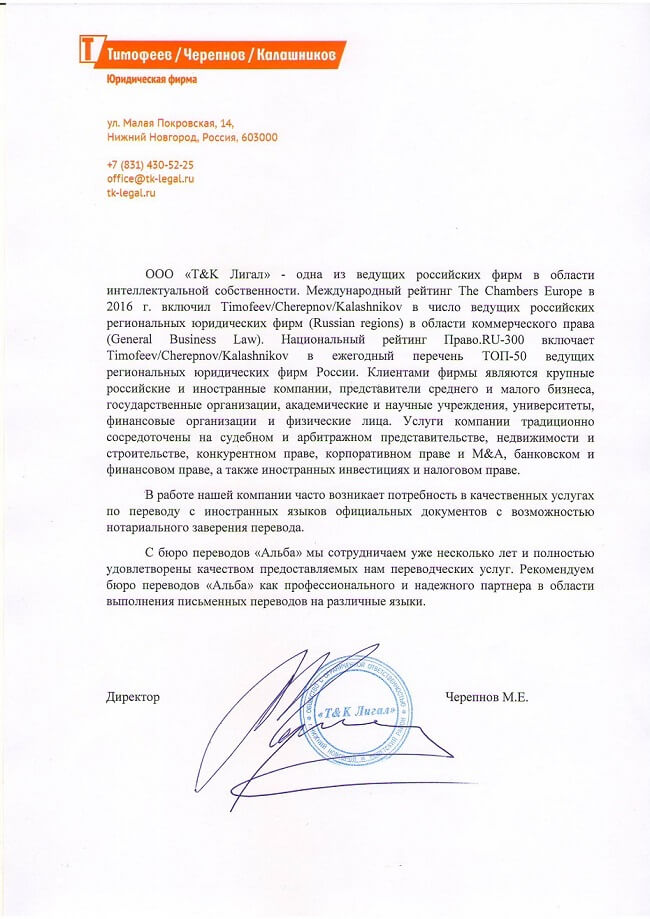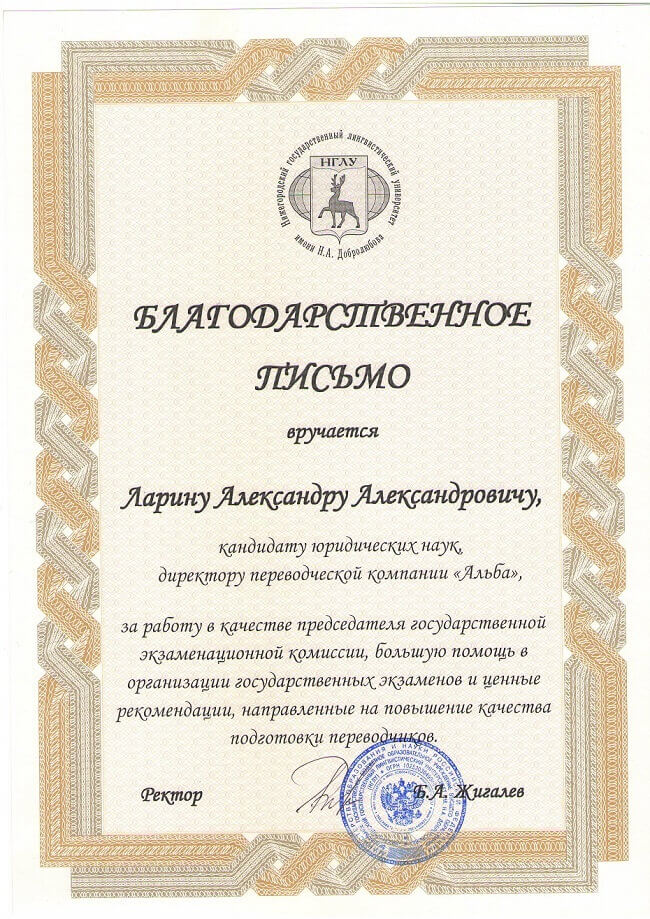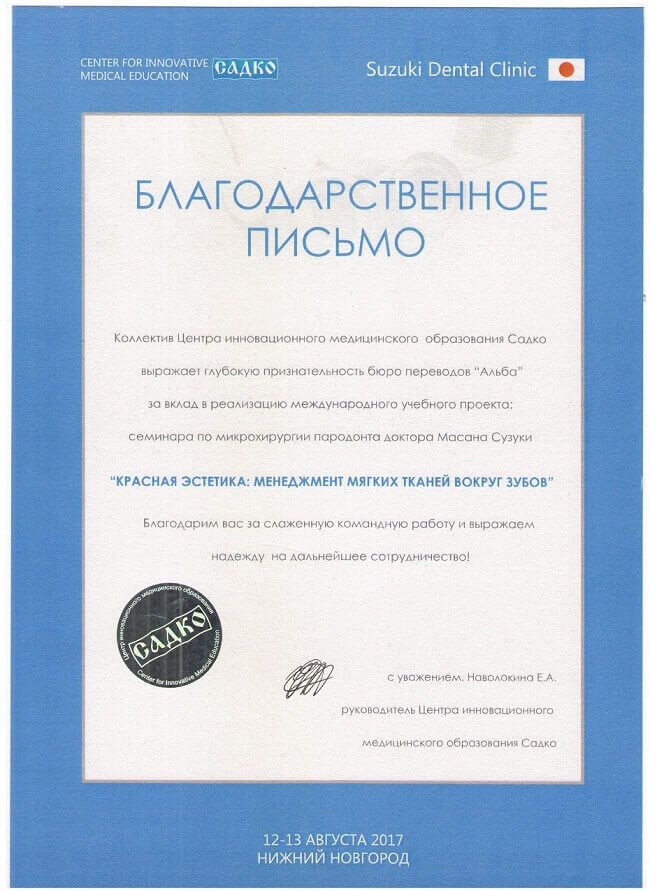Training in Translation of Mass Media Texts: Cognitive Aspect of Metaphor Interpretation
Ухова Татьяна Витальевна — Старший преподаватель кафедры делового иностранного языка, Сибирский государственный университет науки и технологий им. академика М. Ф. Решетнева, Красноярск, Россия
Файда Виктория Валериевна — Старший преподаватель кафедры делового иностранного языка, Сибирский государственный университет науки и технологий им. академика М. Ф. Решетнева, Красноярск, Россия
The purpose of professional translation is to transmit the cognitive content of the message in the translation language depending on the specific communication context, which implies the presence of two important aspects: linguistic and extra-linguistic knowledge. This type of translation is based on the analysis and synthesis of incoming information by means of translation language. In the present work, translation is considered as a process based on the translator’s ability to immerse in the reality of a source language, in a new social and cultural dimension and, thus, to demonstrate the social and cultural interaction of the text producer and the translator’s mentality.
Modern linguistics is well known for the challenges of metaphor translation. It is argued that "there is no simplified general rule for a metaphor interpretation, however, the degree of translation of any source language metaphor depends on certain cultural experience and semantic associations brought to the metaphor; the probability of being or not being reproduced in the target language, depending on the degree of "matching" in each specific case [1].
While interpreting metaphorical expressions, translators tend to use two basic solutions: retaining the metaphor identity or transforming the metaphorical pattern, i.e. revealing the nominative meaning of the original metaphor, which leads to its semantic structure transformations. The necessity of this change can be caused not only by linguistic requirements, but also by differences in social and cultural attitudes relative to a particular sphere of metaphorical expression applicability. The given list of metaphor translation procedures includes the following types of solutions [2, p. 58]: retaining metaphorical identity if it is natural for speakers of another language; replacing the metaphor with a similar one — equivalent; translating metaphor by comparing; preserving the metaphor essence by adding explanatory information; translating the metaphor by paraphrasing.
In terms of cognitive approach to metaphor in translation, the cultural component underlying conceptual metaphor allows to see differences in how human experience is structured in particular cultures. In order to adequately interpret the metaphors used, it should be remembered that their content is based on a set of images arising in the psyche of a person when they perceive those fragments of reality acting as triggers in the community life. However, these perceptions themselves depend significantly on the cultural backgrounds within which their mentality is formed. It appears that the conceptual theory of metaphor more fully reflects the essence, purpose and mechanisms of metaphor functioning as a way of human thinking. In this connection, pragmatic and cognitive approaches serve as a methodological basis.
Given the increasing role of mass media, the question of translation media texts translation is particularly urgent. Among the characteristics of mass media texts is their saturation with stylistic means, which help to exert the necessary influence on the recipient. The material for our study includes the contexts of metaphors obtained by the method of continuous sampling. Newspaper and magazine articles in British and North American periodicals were used as sources.
According to P. Newmark translation of metaphors depends entirely on the type of text in which it is used. The researcher proposes to distinguish between two types of texts. The first one is informative, in which lexicalized metaphors, those fixed in the dictionaries, do not carry a functional load and, therefore, have a high degree of being successfully translated, though they may also not be taken into consideration in the process of translation. The second type is expressive with metaphors carrying a large information load and a low degree of translation, as they transmit contextual, semantic and pragmatic information [2, p. 56].
The cognitive hypothesis on metaphor translation is based on two scenarios:
- if the metaphorical mapping from one domain to another is similar in two languages, there is no "conceptual shift" between languages;
- if the mapping from one domain to another is different in two languages, there is a "conceptual shift" between languages.
Translating metaphors within the proposed scenarios, it can be observed how similar the metaphors are in the individual languages analyzed or how they differ and experience a so-called "cultural distance." Following A.D. Schweitzer, who defines translation as a process of finding a solution due to the functional dominants of text, the article examines the functioning of the text dominant — a key text metaphor by which the author of the story conducts a dialogue with the reader. Metaphors are also considered in the aspect of equivalence of their translation into English [6]. The authors of transmitted messages distributed to media of a certain culture implicitly set the conditions for the truth of these messages with respect to certain conditions, mostly not explicitly expressed. However, since they are part of the cultural background of all members of a given society (or members of a certain group), communication is successful. In case of mismatch of background positions and lack of social and cultural competence of the translator, translation becomes considerably difficult or even impossible.
The metaphor of war seems to be one of the central systemically important signs of the semiosphere of both ancient and modern personality. War is a constant archetype. It is not a mere coincidence that both figurative and linguistic concept of war are so developed in culture, the primary reflection and experience are concentrated around it and, and in a certain sense, mentality is formed.
The main areas of WAR conceptual metaphors implementation in North American culture are the sphere of politics, economy, business, sports, interpersonal (intergroup) relations (disputes), intra-family relations, social problems, production relations. The analysis of media texts has highlighted a number of basic metaphorical models of war phenomenon conceptualization, representing the concept of WAR in modern North American mentality, and has shown that the key word of the concept can represent both a theme and a rem, respectively. WAR can be both a source and target domain and the range of these conceptual domains, or metaphorical concepts, is quite large. The role of areas of social and cultural experience and the reflection of reality through metaphors is very significant. Moreover, there is some connection between the frequency of the use of metaphors and the crisis state of public consciousness associated with the presence of a problem situation that needs to be solved. "Disasters, terrorist attacks, any 'sore' topic causes a revolving discourse" [4].
Modern political conflict studies believe that the most serious political conflicts are generated by inability of existing systems to meet the human basic needs... in today 's world battles take place not around cultural ideals, but economic interests — there is a struggle for markets and sources of raw materials, as it is much more difficult to enter material interests than purely cultural values [3]. In this part of the article we will give examples of cognitive pre-translation analysis of texts containing war metaphors.
Eg. 1. …Car dependence is a global public health issue of which gasoline wars are only one facet. Every day about 3,000 people die and 30,000 people are seriously injured on the world's roads in traffic crashes. More than 85% of the deaths are in low and middle-income countries, with pedestrians, cyclists and bus passengers bearing most of the burden. Most of the victims will never own a car, and many are children…
In this passage, the economic problem is conceptualized by means of WAR metaphor, which echoes the metaphor of death, health, i.e., representing the basic concepts of people social interaction — the field of culture, which are the natural basic structures of experience, thus have a special role in the given example. Car dependence provokes tragic events in which the victims are simple pedestrians. Reports from the scene of the event, quantified like reports from the site of hostilities: 3,000 dead, 30,000 injured.
The confrontation of ideas, beliefs is inevitably accompanied by disputes and differences, which, as already noted, in the cognitive system of North Americans relate to military actions (ARGUMENT is WAR), i.e. negative associations related to war are inevitably transferred to the situation of heated disputes with opponents [5].
The fragments below vividly feature the metaphor POLITICS IS WAR, SPORT IS WAR. Identification of this metaphorical model demonstrates that the sport is often conceptualized by the English-speaking personality as war.
Eg. 2 Even Germany's 2–0 defeat to Italy in an epic semifinal encounter that ended with several German players brought to their knees and tears by last-minute Italian goals has not altered the mood.
Eg. 3 De Shaun Foster is running like a madman, and Steve Smith is one of the most dangerous weapons in the league.
“It’s so when you don’t have your main guns out there”, said Marbury, who scored 32 points.
The penetration of military vocabulary into sports discourse is no accident. Terminological systems of sports and military affairs are very close to each other, as sports and military topics were always very popular. Moreover, in the minds of many peoples, as mentioned above, war is a constant archetype. Thus, the prototypical configuration of the concept has the following form: war — an act of aggression, an invasion of foreign territory, which is very typical for sports like football, where, as a rule, the scenario of the match has the following plan: invasion on the territory of the opponent, rigid and aggressive confrontation, striking and victory. Football, being the main national sport in the United States, stands out as the most popular area of metaphorical shift. In most of the texts studied, there is a narrowing of the metaphorical area of the metaphor.
Eg. 4 The COVID-19 pandemic is a crisis like no other. It feels like a war, and in many ways, it is. People are dying. Medical professionals are on the front lines. Those in essential services, food distribution, delivery, and public utilities work overtime to support the effort. And then, there are the hidden soldiers: those who fight the epidemic confined in their homes, unable to fully contribute to production.
This is an example of a warfare metaphor eradicating pandemic is war or recovery is war, which are typical for human mentality and are extremely topical in the present global crisis. The relevance of language, and hence of war metaphor is self-evident, consequently it becomes the best one to convey and sustain the desire of infected people to live, the unprecedentedly tough struggle of doctors. It is clear that the process of military vocabulary metaphorization, which is relevant for various types of discourse, is quite active in medical sphere. Its purpose is to increase expressiveness; therefore, such metaphors are used as figurative substitute terms of medicine and enhancement of emotional impact on the recipient in the mass media discourse.
Thus, it is obvious that the cultural context must be taken into account in the pre-translation analysis of mass media texts. Moreover, the speech strategies of text creators, which are implemented in discourse, are not isolated from the outside world, they are limited to a critical situation and a certain social context. Thus, translation is not only a set of necessary skills to convey accurate matching between two languages, it is a means of learning language in the context of intercultural communication, which requires translators to have several competencies: language, cognitive and pragmatic. Such translation should not be limited to the linguistic aspect, here adequate transmission of meaning is important, not aimed at finding literal correspondence of lexical and grammatical form. Translation training should be focused on the ability to find elements in the target language that would satisfy the objectives of inter-language communication, as the interpreter acts as an intermediary in the act of communication. Translation is an active means of learning a language that encourages reflection, which ensures the development of cultural competence, speech skills, and general culture of a translator.
References
1. Maalej Z. Translating metaphor between Unrelated Cultures: A Cognitive Perspective. URL: http://www.kkhec.ac.ir/Linguistics articles index/Zouhair Maalej Translating.
2. Newmark P. The Translation of Metaphor // Approaches to Translation. N.Y., 1998.
3. Василенко И. А. Геополитика: Уч. пос. М.: Логос, 2003. 204 с.
4. Карасик В. И. Языковой круг: личность, концепты, дискурс. Волгоград: Перемена, 2002. 477 с.
5. Лакофф Дж., Джонсон М. Метафоры, которыми мы живем / Под ред. А. Н. Баранова. М.: Едиториал УРСС, 2004. 256 с.
6. Швейцер А. Д. Перевод и лингвистика. М.: Воениздат, 1973. 214 с.














